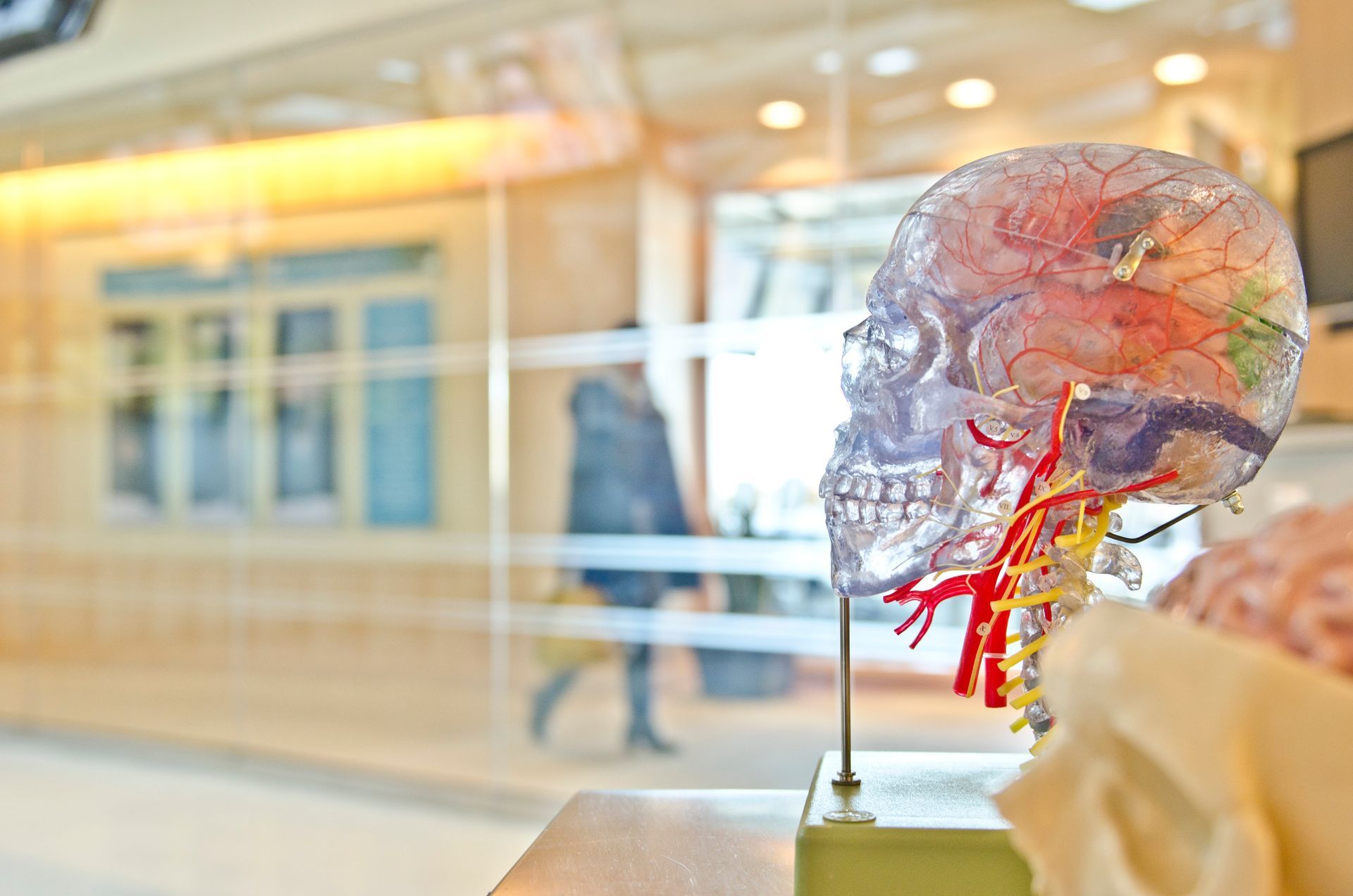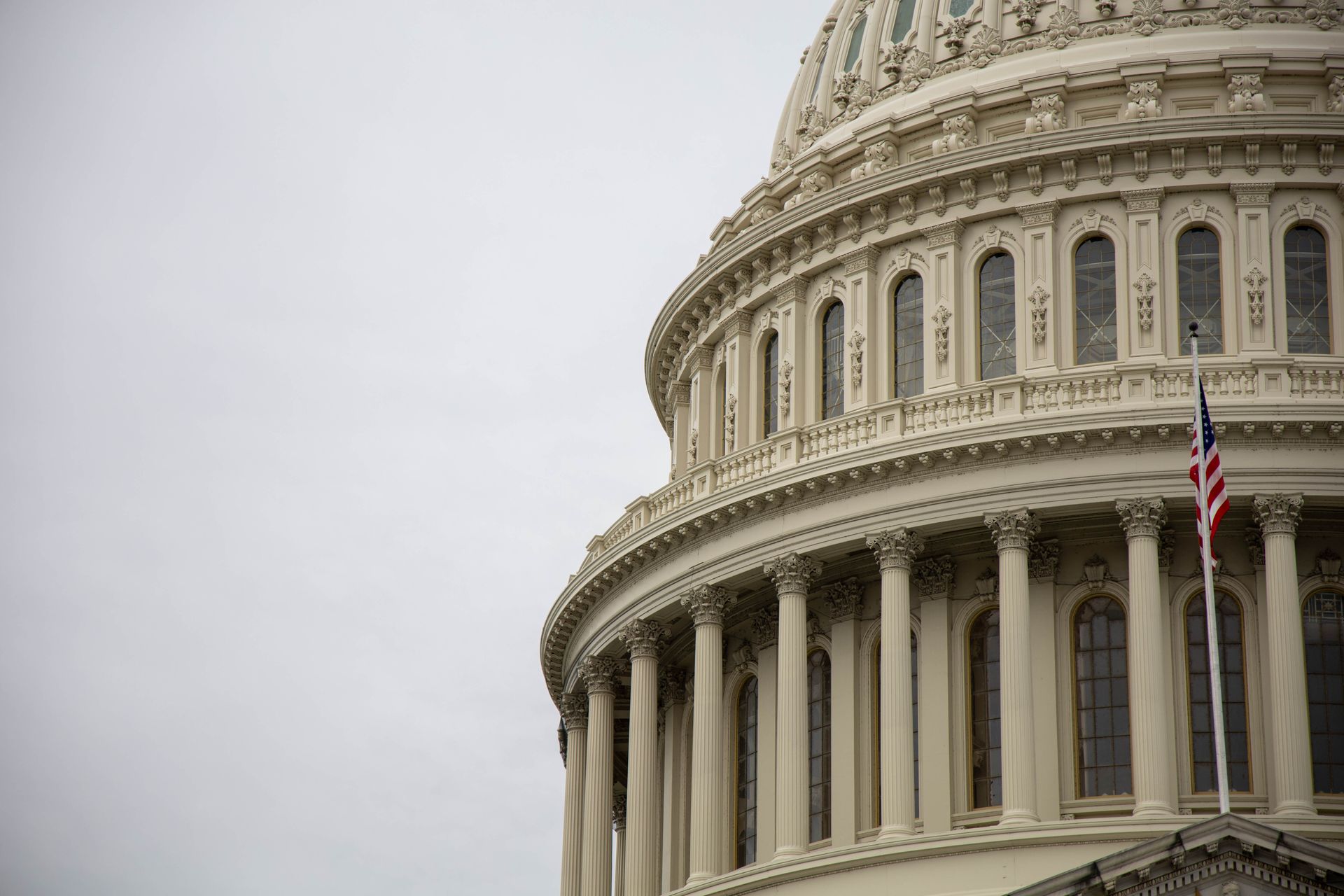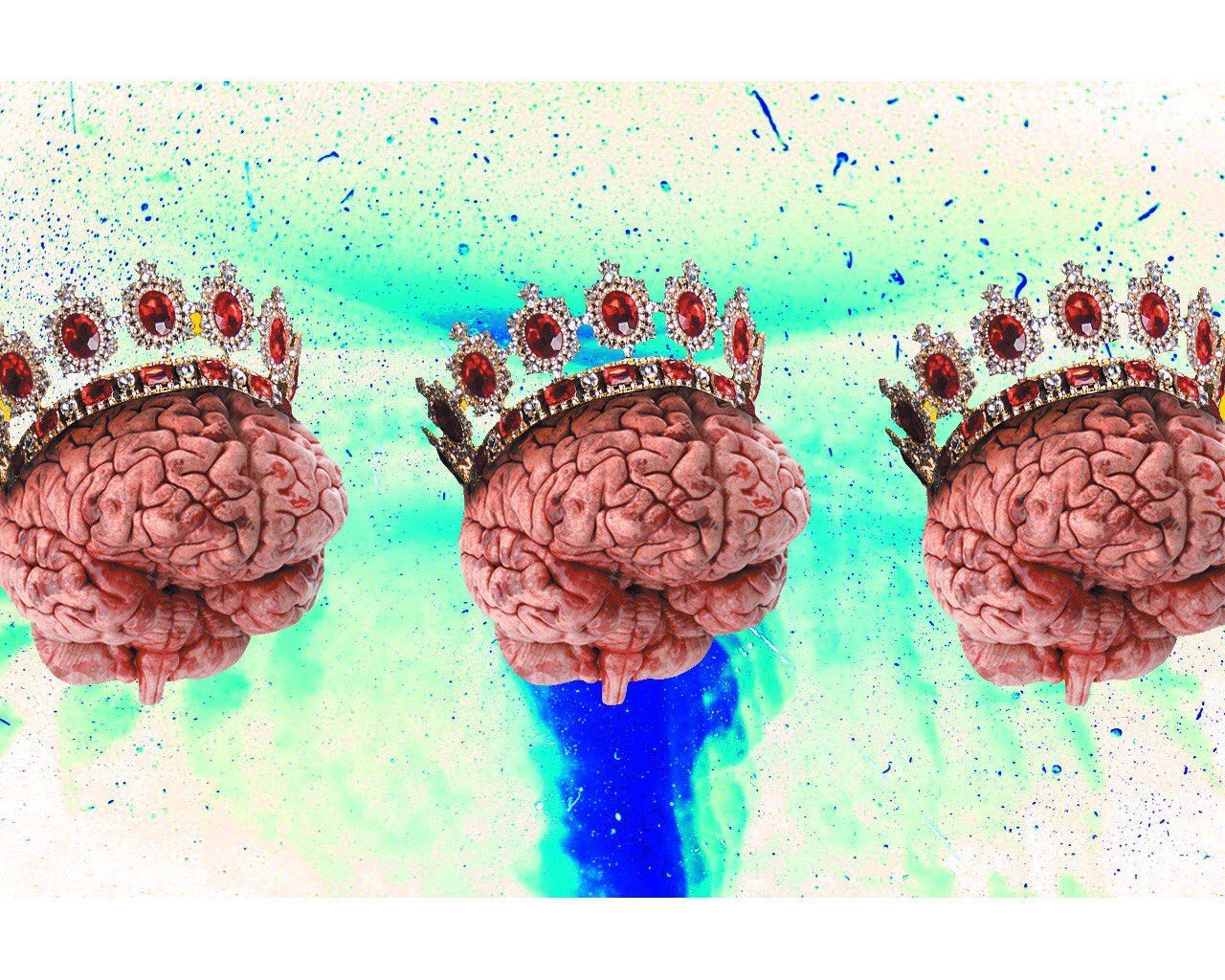Trauma effects on memory
A research review of trauma and memory

Introduction
Memory is a complicated function of the brain as recall, retention, encoding, all work together to serve our memory. There is no surprise that injury to the head can cause impaired cognitive function. such as damage to speech centers like Broca’s area, which would result in the loss of production of speech. Also, Wernicke’s area where any damage will result in the loss of comprehension of speech. Any damage to the brain will result in deficits in whatever the function is for the part impacted but what does a non-physical injury cause? In this review we will see the various impacts trauma has on memory, and how it affects us directly from youth to adulthood.
Impact Matters
In the article “Trauma and Long-term memory for childhood events: impact matters.” cover this subject quite well They start by declaring the importance of understanding the effects of trauma on memory after numerous high profile sex abuses cases. The need to understand the impacts on memory being vital to testimony years after the trauma took place. How well do adults remember significant childhood events? Do people shape long-term memory from trauma? (Goodman et.al, 2018).
The answer is surprising, memory works differently than some would have thought. They found that memory is stronger for highly negative emotional events than it is for less emotional events. That is, we remember the worst things better than anything else. They later point out the conditional adaptation model which suggests that trauma in childhood specializes cognitive functions to adapt to threatening and stressful environments. This specialization leads to heightened attention and therefore memory for specific types of information. Hypervigilance also leads to better encoding and memory.
They also determined that age and attachment style make a difference in memory as well as the trauma itself. The severity, duration over time and frequency made more impact. Age when the abuse ended predicted later memory but unexpectedly age did not predict accuracy. More secure children are more accurate and complete in their memory, and children of secure parents also have more accurate memory. This shows an events traumatic impact is important for showing accuracy of long-term memory of abuse, greater distress equates to more accurate long-term memory.
Remembering and Forgetting
In their editorial Sheree L. Toth and Dante Cicchetti come to similar conclusions about trauma and memory while also shedding light on some other areas in their editorial “remembering, forgetting, and the effects of trauma on memory: a developmental psychopathology perspective” (1998). One thing that is consistent so far is that duration has the most impact, that is, the longer the exposure to trauma the more likely it will be remembered. They show evidence that with very young children that have a single traumatic event with no prior experience and no repetition that the event can be, and usually is forgotten. However, in a one-month period if provided with 3 exposures to an event, recall after the one-month period is equivalent to recall after 1 week. Duration, and repeated negative experience is more likely to be remembered more accurately even just by exposure. Emotion also plays a critical role in memory. If emotion is not relevant then recall is adversely affected, and if something to be remembered is the cause of emotion, recall and encoding are enhanced due to the emotional factor. It is very clear that the common theme in memory and trauma is that negative things are remembered because they are extremely emotional events. Duration, frequency, and severity also enhance memory even when the event is not experienced again.
Early Stress
Charles A. Nelson and Leslie J Carver in their research article “the effects of stress and trauma on brain and memory: a view from developmental cognitive neuroscience” (1998) show an interesting view on the matter of memory and trauma. They show a similar pattern we’ve established; trauma increases memory of an event while at the same time suggesting that long-term memory is affected in young children subjected to stress. Persistent, intrusive, and heightened memory are a hallmark of post-traumatic stress disorder (PTSD), however early stress could lead to long term memory deficits if the stress occurred at a critical period in development. While trauma increases memory for the event, and can even maintain salience through minor exposure, stress on the developing brain can cause deficits due to the hippocampus not being fully mature. Although this effect is less well described. They also note that the developing brain of a child is plastic and can be modeled by their environment, so it is especially vulnerable to stress and trauma. Stress appears to impact synaptic plasticity in the hippocampus (responsible for memory). High frequency and prolonged activity lead to increased responsiveness of the synapse to later activation, which causes the synapses to be tuned to activations under certain conditions losing their plasticity to be adaptable.
Childhood Adversity
In their longitudinal research article “Cognitive variations following exposure to
childhood adversity: evidence from a pre-registered, longitudinal study” (2023) Tochukwu
Nweze et al tested children over time from different groups on various cognitive memory tasks.
The tests looked at children from 8 months to 8 years and tested them on their working memory. Working memory being the memory that is used when you’re actively doing something. Working memory is “in mind” and being used. Things like phone numbers, how to get to the store while your driving are all things that are done in working memory. Long term memory on the other hand is your largest store of memory, it applies to procedures like riding a bike (we never forget), facts about the world, details about yourself, and your store of events that happened to you are all stored in long-term memory. When the information is needed it is then recalled from long-term memory into working memory to be used until it is to be returned to long-term memory.
In addition, an important set of novel analyses were done to compare the theoretical modes of sensitive periods to determine what better explains the associations between adversity and cognitive outcomes. The results showed that variance was mostly related to sensitive periods. In the models used, sensitive periods in early childhood, early childhood, and middle childhood (highest number of associations) showed that the TIMING of adversity exposure was related to later cognitive outcomes.
In the study children were divided among their adversity class of which there were 11 distinctions. Their research found that the groups with the lowest scores over time were the groups from the most adverse conditions. Parallel to the research of Nelson and Carver cited above, the environment, stress, and trauma influence memory. They go onto explain that the adversity occurred at critical times of development (sensitive period) and that the more adversity experienced the higher the impact on memory (accumulation). Further adding to the evidence that it’s not necessarily stress itself, but the timing, severity, and duration stress that impacts memory.
One point made by this study was to emphasize the importance of parents and caregivers to protect children from adversity in the environment. Sensitive periods of development are more affected by the stress of the environment and any potential forms of adversity.
Adolescents
Going from middle childhood to adolescents also shows unique effects of stress/trauma on memory. Autobiographical memory in adolescents can be affected by trauma as shown by Cor Meesters et al in his research article “autobiographical memory and trauma in adolescents” (1999) starts off very strong, “clinicians treating abused children have frequently noted that these children tend to have difficulty with generating autobiographical memories.” In their review they show that PTSD causes memory deficits in adults with combat related experiences as well as those with a history of sexual abuse. The results of those studies showed specifically that autobiographical memory becomes over general. Individuals with a history of trauma report very general memories from their past. The aim of their research was to test whether this also applies to children and adolescents. They recruited adolescents with a history of trauma and had records of the trauma of various types, as well as those without as a control. They also obtained accounts of the trauma which further defined their level of trauma for the study. They were then tested on both an autobiographical memory test as well as a semantic long term memory test. The result was directly relatable to the adults mentioned in their review. With more trauma came more difficulty in reporting autobiographical memory than those in the non-traumatized category. Differences in results in age were nonsignificant. Although there is no consensus about the main mechanism responsible for the relation between trauma and poor autobiographical memory, some researchers argue that depression may be a factor, yet others found little evidence for depression being related. Traumatization has been found to be the most important causal factor in deficits in regard to memory.
Effects on the Brain
In his clinical research article “traumatic stress: effects on the brain” (2006). J. Douglas Bremmer MD demonstrates that verbal declarative memory deficits exist in people with PTSD. Once again most of the research comes from combat experience and you guessed it, childhood abuse. He also notes that changes in the brain due to trauma can be seen in people with deficits. Specifically, the medial prefrontal cortex, and of course the hippocampus and amygdala suggesting that the emotional center and memory processor of the brain are affected by trauma as well as our thinking brain all central in one way or another to functional memory.
As noted in the beginning the plasticity of the synapse in the hippocampus is affected by stress, therefore affecting memory because the hippocampus is the memory center of the brain, Bremmer MD shows that smaller hippocampal volume are seen to be associated with a range of trauma related psychiatric disorders, only if there is a presence of trauma! Bremmer MD used MRI to show the smaller hippocampal volume while he studied brain abnormalities in trauma spectrum disorders. Borderline personality disorder (BPD) showed smaller hippocampal volume with early abuse however the greatest magnitude of lack of hippocampal volume was found in dissociative identity disorder patients who had unusually sever early childhood sexual abuse histories.
Another finding by Bremmer MD is the alterations of neural circuits. While the plasticity of the synapse was mentioned before Bremmer shows that the circuits in the brain are altered in the typical areas in the brain the hippocampus (memory) and the amygdala (emotion) and even the prefrontal cortex (reasoning). The deficits are shown through inactivation when being exposed to yohimbine/ however exposure to traumatic reminder in the form of slides and sounds showed activation in the brain areas as well as PTSD symptoms. Bremmer’s research gives us strict scientific evidence outside of self-report data and questioning about traumatic events. He shows through MRI that there is less volume of the memory center of the brain specifically in trauma patients.
PTSD and Declarative Memory
Another form of memory that is affected by stress is declarative memory, and much like Bremmer, Kristin W. Samuelson PHD in her report “PTSD and declarative memory functioning: a review” (2011) shows that not only is declarative memory affected by stress, but also which parts of the brain are affected most. Declarative memory being the long-term memory that involves conscious recollection of particular facts and events.
When looking at samples of adult patients with PTSD related to combat, childhood abuse, rape, and political violence, verbal declarative memory deficits have been found. Various measures have been used such as list learning tasks, paired associates learning, and a logical memory subtest to find the deficits. The key systems and structures are no surprise once again the memory center of the brain the hippocampus, as well as the hypothalamic pituitary adrenal axis (HPA axis). Much like the other studies mentioned large amounts of stress hormones as well as the events that cause them are responsible for the changes within the brain both at the synaptic level, the circuit level and finally the changes at the structural level that lead to problems with memory. This research also showed using FMRI that there is abnormal blood flow to the hippocampus during declarative memory tasks. The main finding was that PTSD most significantly impairs the initial acquisition and learning phases of memory, not necessarily the retention and recall phases (Samuelson, 2011). This means that its not that memory doesn’t work, its more so that traumatic events affect what will make it into memory which is consistent with my findings. On top of that it is also consistent that what does make it through encoding and into memory, in this case the traumatic events as well as details about them are remembered well! Once again consistent with the pattern across all research cited.
Conclusion
After reviewing the various articles and research there’s a typical pattern of how trauma affects memory at every stage of life. From the research we can see the age at which the trauma occurred or ended makes little difference but that the major effects are related to the duration, frequency, and severity of the trauma. The only difference in memory that can attributed to age is a more developed hippocampus for older children being the reason for an increase in memory due to more myelination as well as better encoding due to age. However, memory abilities at all ages only account for serious negative emotional events, with heightened emotion and possibly a survival adaptation response to the trauma. Memory for negative events or the trauma itself is heightened, other various aspects of memory show deficits across the lifespan again being determined by the duration, frequency, and severity of the trauma. Memory for the negative goes up possibly as a survival method and memory capabilities in other areas show deficits possibly also as a survival method indicating that navigating constant trauma and adversity is more important than knowing autobiographical memories, verbal declarative memories, and working memory. In addition to memory deficits multiple sources show changes within the brain due to stress. Altering the structures of the brain from the smallest at the synaptic level to the largest at the structural level. Stress hormones affect the brain in negatives ways from specializing the synapses for stress to inhibiting growth of the structures. In both cases the common culprit most affected by the structural changes caused by stress is the hippocampus. The memory center of the brain. In most instances stress causes less development which leads to less memory capability and functioning. One factor that contributes to the lack of development is the timing of exposure to traumatic events, sensitive periods when the brain is most vulnerable to change show a relationship with stress cause impairment. In summation, traumatic stress at any time has been shown to be related to memory deficits and impairments of the hippocampus but the most sever impairments and deficits are found when the trauma happens early in development, over prolonged exposure and under the most severe trauma as well as from a traumatic environment.
Jake O. founder and editor of Psycho-social.com, graduate of Oregon state university BA in psychology. Connect with him by email to pick his brain about social issues and psychological understandings of them.
Share down below & Subscribe to get updates!
Sources
Bremner, J. D. (2006). Traumatic stress: Effects on the brain. Dialogues in Clinical Neuroscience, 8(4), 445–461. https://doi.org/10.31887/dcns.2006.8.4/jbremner
Goodman, G. S., Quas, J. A., Goldfarb, D., Gonzalves, L., & Gonzalez, A. (2018). Trauma and long‐term memory for childhood events: Impact matters. Child Development Perspectives, 13(1), 3–9. https://doi.org/10.1111/cdep.12307
Meesters, C., Merckelbach, H., Muris, P., & Wessel, I. (2000). Autobiographical memory and trauma in adolescents. Journal of Behavior Therapy and Experimental Psychiatry, 31(1), 29–39. https://doi.org/10.1016/s0005-7916(00)00006-9
Nelson, C. A., & Carver, L. J. (1998). The effects of stress and trauma on brain and memory: A viewfrom Developmental Cognitive Neuroscience. Development and Psychopathology, 10(4), 793–809. https://doi.org/10.1017/s0954579498001874
Nweze, T., Ezenwa, M., Ajaelu, C., Hanson, J. L., & Okoye, C. (2023). Cognitive variations following exposure to childhood adversity: Evidence from a pre-registered, Longitudinal Study. eClinicalMedicine, 56, 101784. https://doi.org/10.1016/j.eclinm.2022.101784
Samuelson, K. W. (2011). Post-traumatic stress disorder and declarative memory functioning: A Review. Dialogues in Clinical Neuroscience, 13(3), 346–351. https://doi.org/10.31887/dcns.2011.13.2/ksamuelson
Toth, S. L., & Cicchetti, D. (1998). Remembering, forgetting, and the effects of trauma on memory:A developmental psychopathology perspective. Development and Psychopathology, 10(4), 589–605. https://doi.org/10.1017/s0954579498001771










